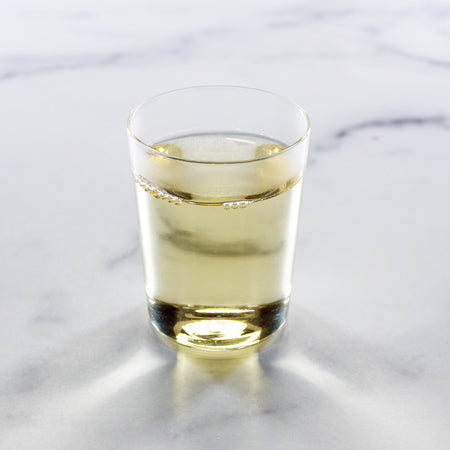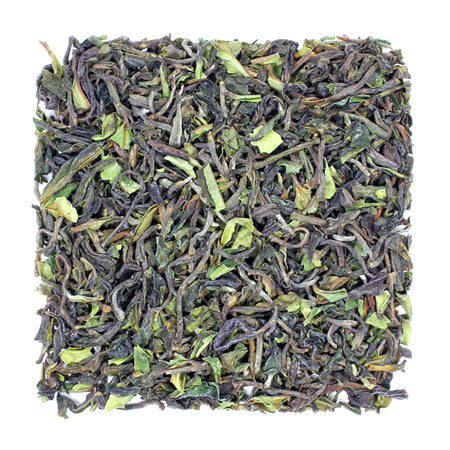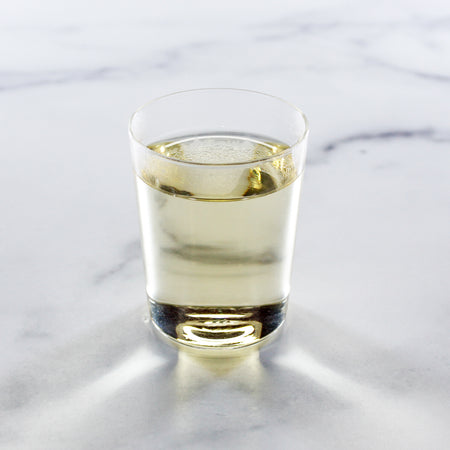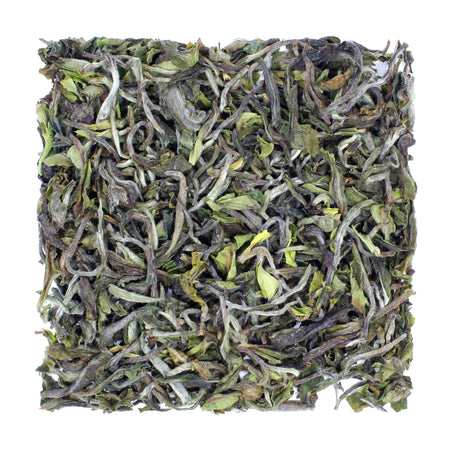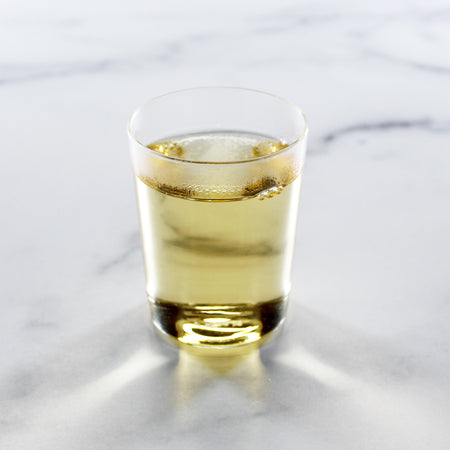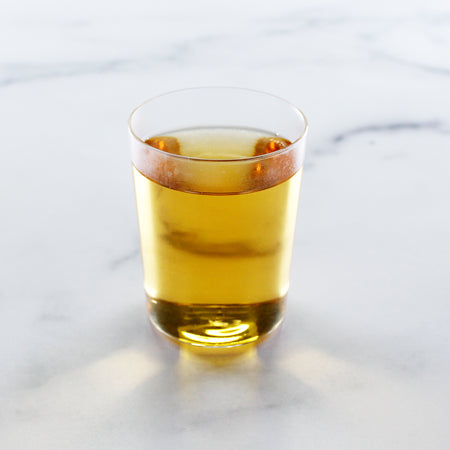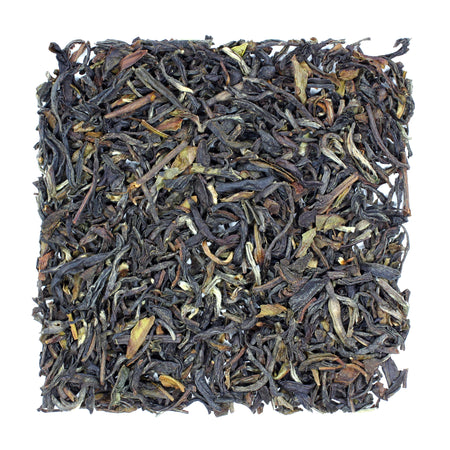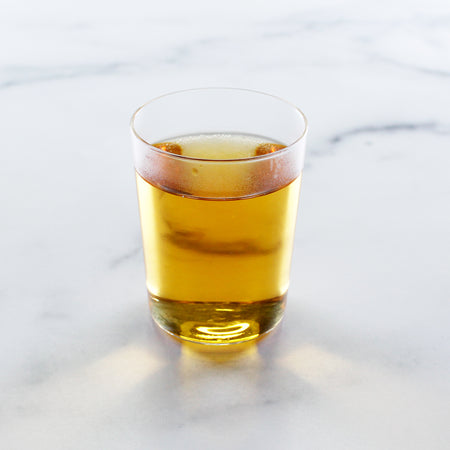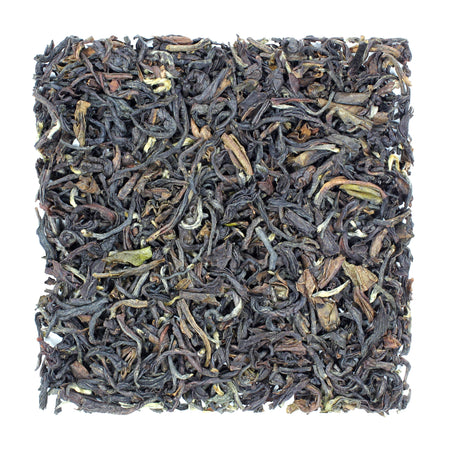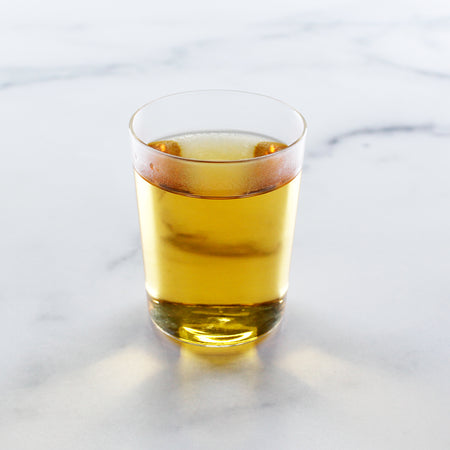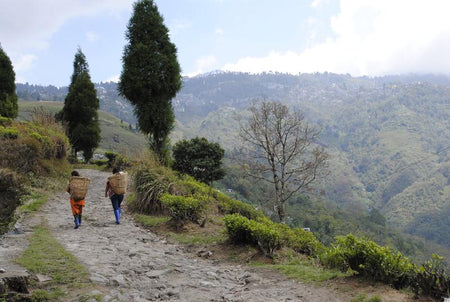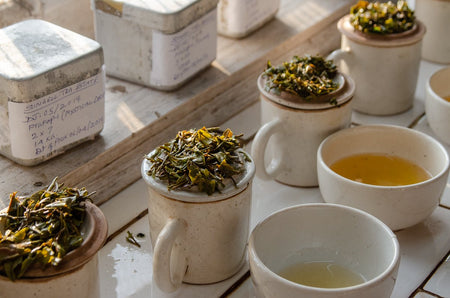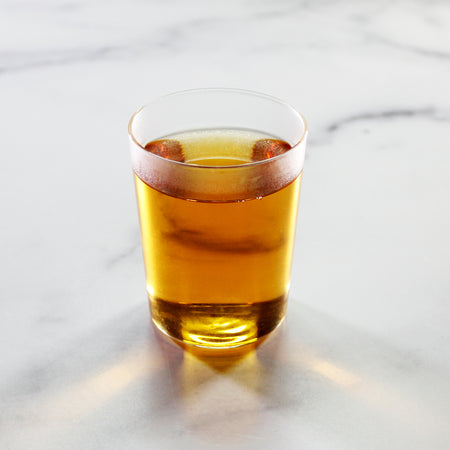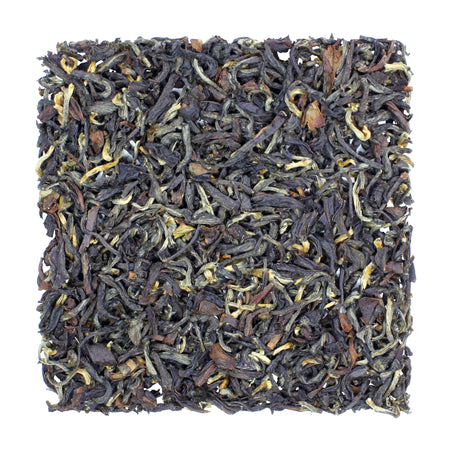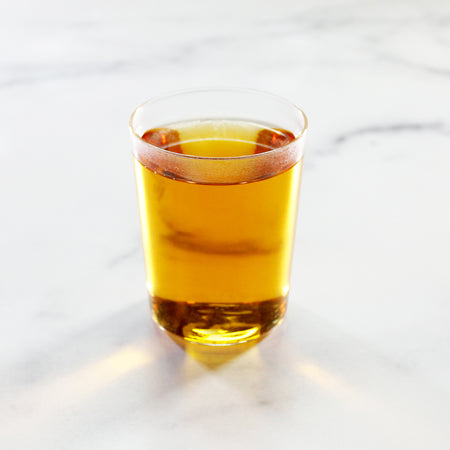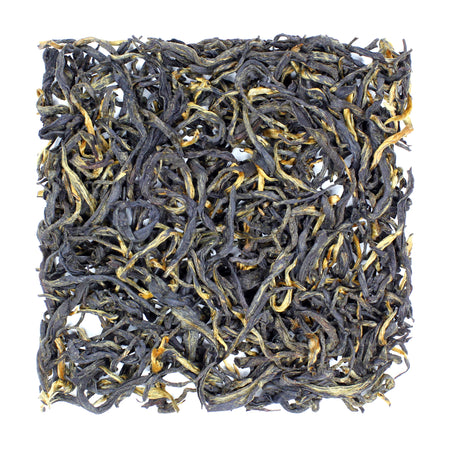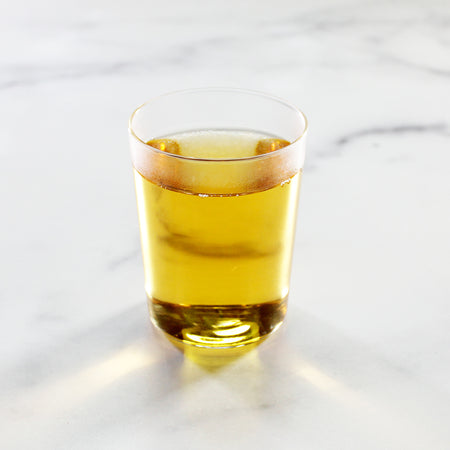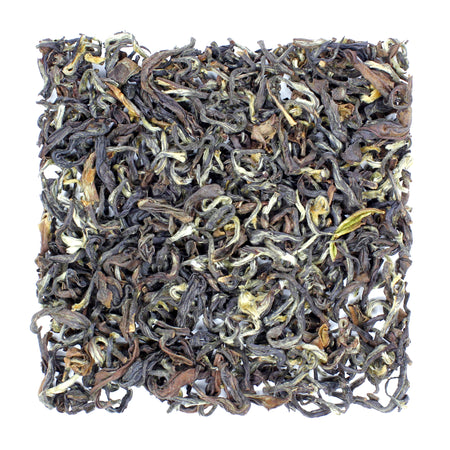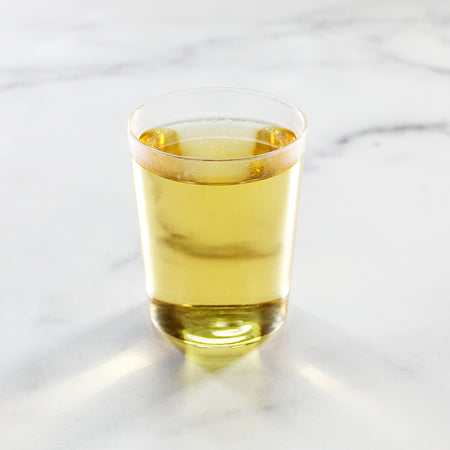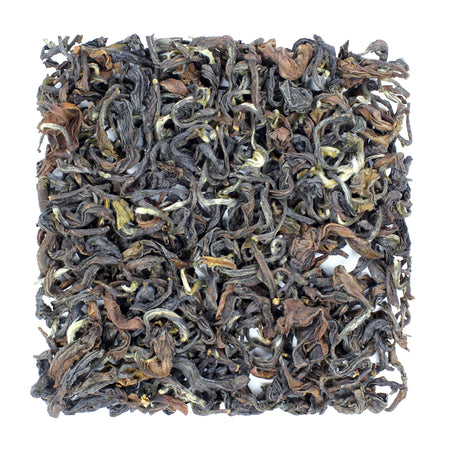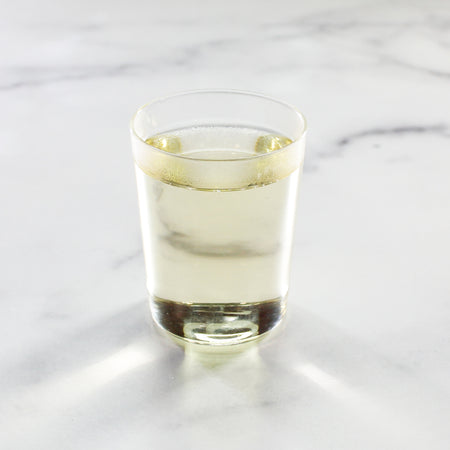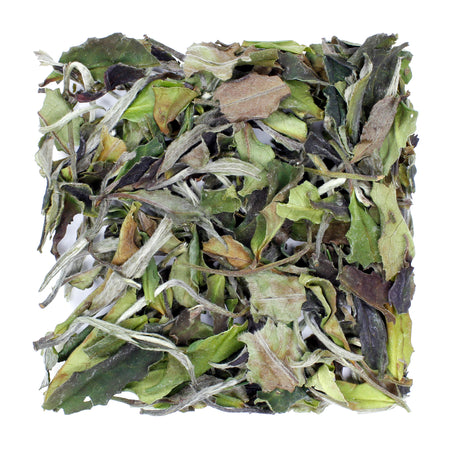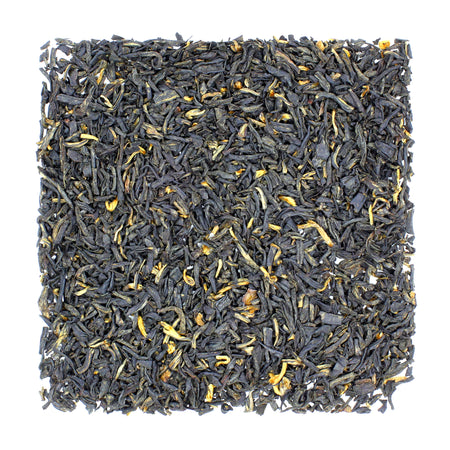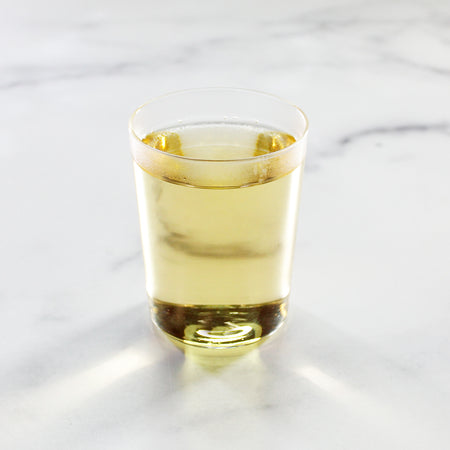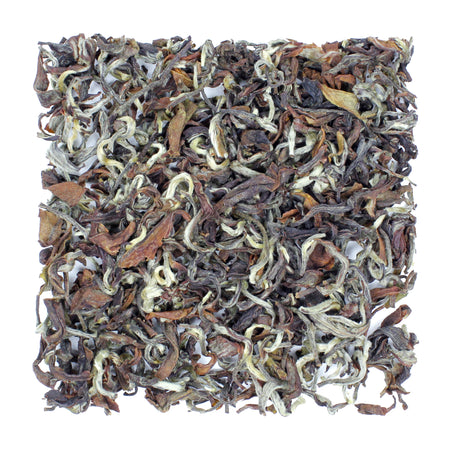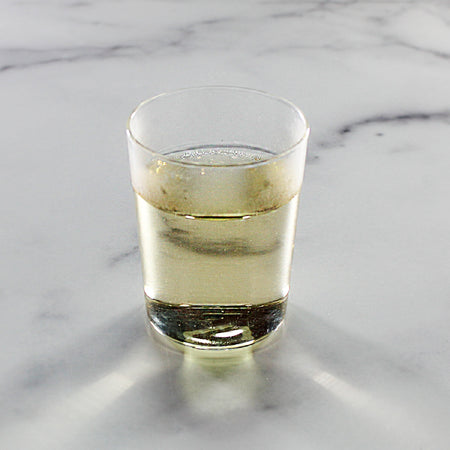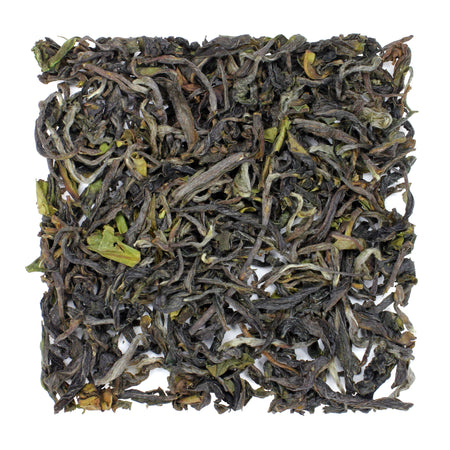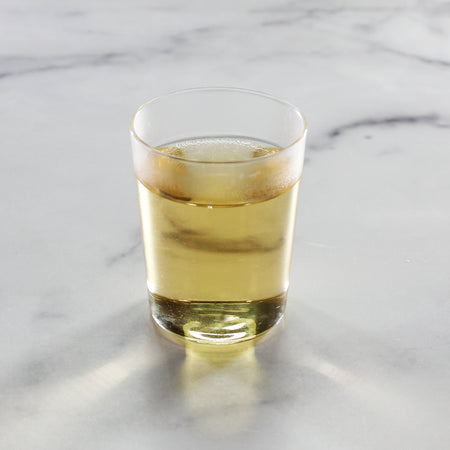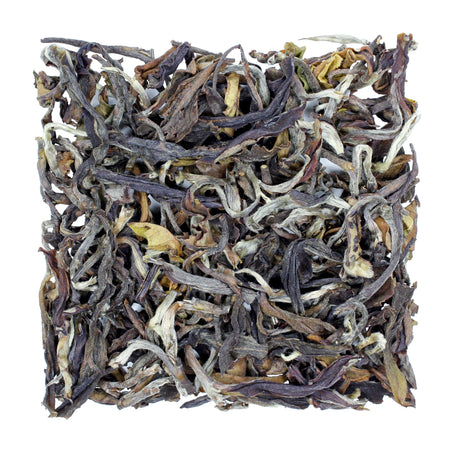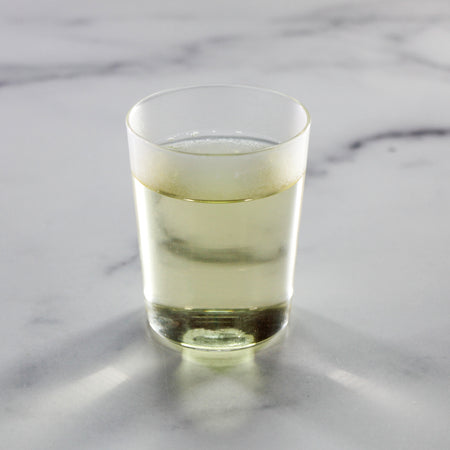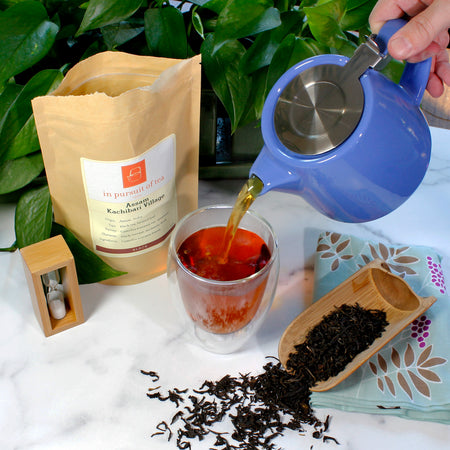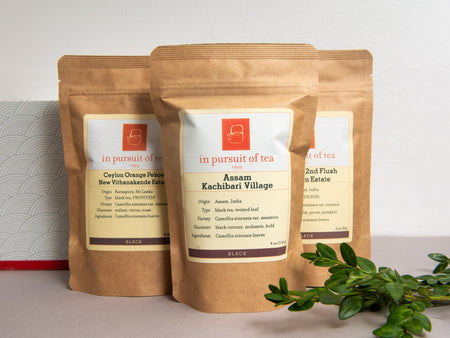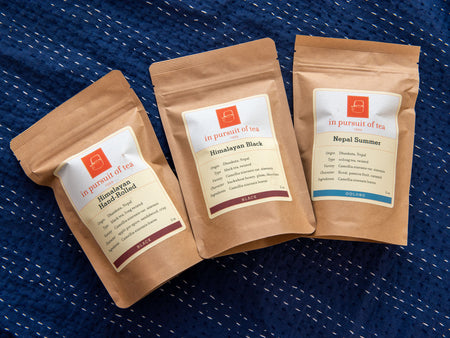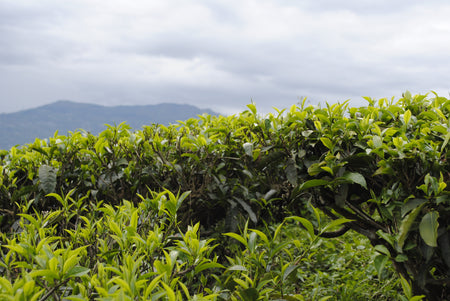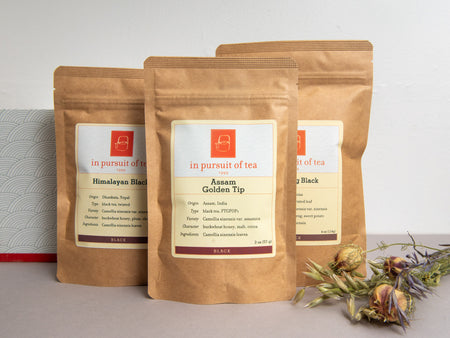Darjeeling & Himalayan Tea
Tea arrived relatively recently to India, but this country has remained in the top producing areas worldwide ever since. Black tea is the primary type made here; when the industry was established by British and other European colonists, they were attempting to emulate the popular style that was then only made in China, and the import of which threatened to cause a trade imbalance.
After secretly observing Chinese tea production and stealing some plants and seeds, large farms in Assam (~1830s) and Darjeeling (~1850s) were created in northern India. Darjeeling, which sits at the foothills of the Himalayas with a range of elevation from about 1,000-6,000 feet, produces low yields but a distinct, complex aroma in its prized first and second flushes.
Elsewhere in the Himalayas, consistent high-quality tea production in Nepal has only occurred within the past few decades. The extreme elevation, even higher than Darjeeling in some areas, causes an altered rate of oxidation and resulting unique flavor profile. Bhutan, tucked between Assam and China, is one of the newest tea growing regions; the green tea made in the Samcholing Valley is an exclusive not only for the country, but for export.
Himalayan Black
$26.25
Himalayan Hand-Rolled
$33.75
Himalayan Ruby
$61.50
Himalayan White
$48.25
Nepal Black
$20.00
Nepal Summer
$33.75
Sikkim 1st Flush, Bermiok Estate
now $32.60 $40.75
Thunder Dragon Green
$28.00
Breakfast Black Tea Gift Set
$70.00
Himalayan Journey Gift Set
from $93.75

